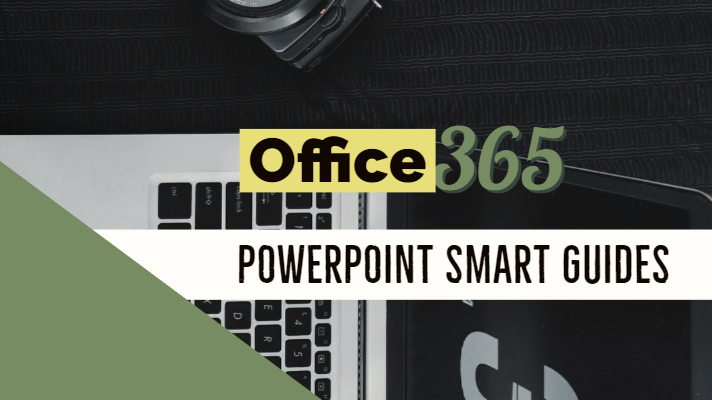
Each sales person has 200 products that he/she sells (detail or child table). For example, you have 10 sales people who all have unique, demographic information (master table). To avoid repeating all the master information in every detail table, you create relationships using one unique field, such as the Sales ID, then let Excel do the rest.

The data in the detail tables-such as daily sales, product prices, quantities-usually changes constantly. This is called a one-to-many relationship. This table rarely changes except to, say, add or delete individuals.įor every record in the master table, there can be many records in the detail tables (also called slave or child tables) that link back to the master table. The master table is the primary table, which generally contains unique records (such as name, address, city, state, etc.).

To show you how Excel makes it easier, we will create two tables: the master table and the detail table. They let you quickly search and retrieve specific information, view the same data set in multiple ways, and reduce data errors and redundancy. Relational databases-databases structured to recognize relations among the information stored in them-are essential for working with large amounts of business data.
#How to snap to grid excel 2013 how to#
Excel can handle a lot of day-to-day office data this way, and we’ll show you how to set it up. Not anymore: Excel 2013’s table tools include features that make it easy to link charts and cells, perform searches, and create dynamically updated reports, just like-yes-a relational database.

You could create something more sophisticated with LOOKUP functions, but they were a huge hassle to set up. Excel used to be the poor schmuck’s database, with spreadsheets that just sort of sat there.


 0 kommentar(er)
0 kommentar(er)
